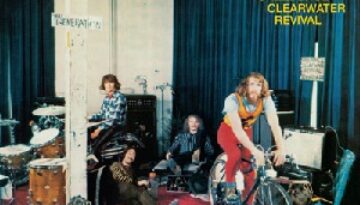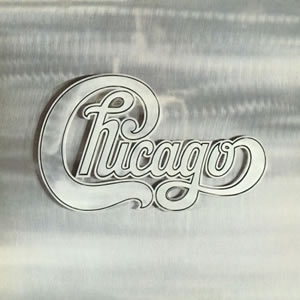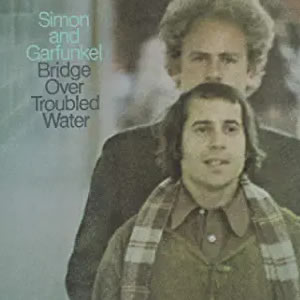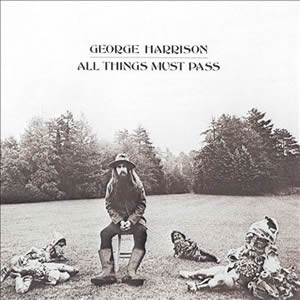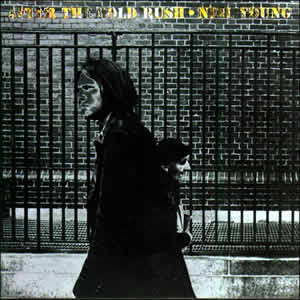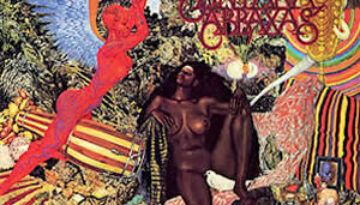Cosmo’s Factory by
Creedence Clearwater Revival
Buy Cosmo’s Factory If nothing else, Cosmo’s Factory is a unique and unconventional album in its structure and approach, as it starts out oddly and packs all its pop/rock firepower towards the back […]

